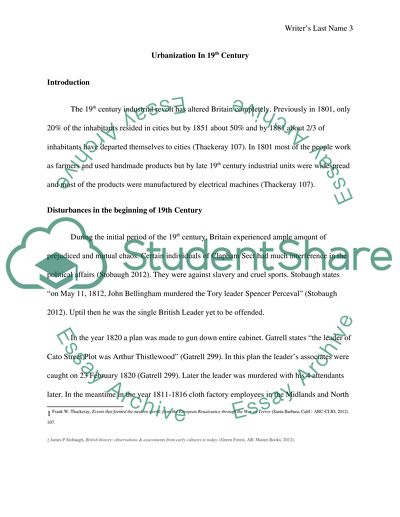Cite this document
(“Discuss the rapid progress of Urbanisation in 19th Century Britain and Essay”, n.d.)
Discuss the rapid progress of Urbanisation in 19th Century Britain and Essay. Retrieved from https://studentshare.org/architecture/1608762-discuss-the-rapid-progress-of-urbanisation-in-19th-century-britain-and-the-associated-massive-population-growth-and-social-problems-which-developed
Discuss the rapid progress of Urbanisation in 19th Century Britain and Essay. Retrieved from https://studentshare.org/architecture/1608762-discuss-the-rapid-progress-of-urbanisation-in-19th-century-britain-and-the-associated-massive-population-growth-and-social-problems-which-developed
(Discuss the Rapid Progress of Urbanisation in 19th Century Britain and Essay)
Discuss the Rapid Progress of Urbanisation in 19th Century Britain and Essay. https://studentshare.org/architecture/1608762-discuss-the-rapid-progress-of-urbanisation-in-19th-century-britain-and-the-associated-massive-population-growth-and-social-problems-which-developed.
Discuss the Rapid Progress of Urbanisation in 19th Century Britain and Essay. https://studentshare.org/architecture/1608762-discuss-the-rapid-progress-of-urbanisation-in-19th-century-britain-and-the-associated-massive-population-growth-and-social-problems-which-developed.
“Discuss the Rapid Progress of Urbanisation in 19th Century Britain and Essay”, n.d. https://studentshare.org/architecture/1608762-discuss-the-rapid-progress-of-urbanisation-in-19th-century-britain-and-the-associated-massive-population-growth-and-social-problems-which-developed.


